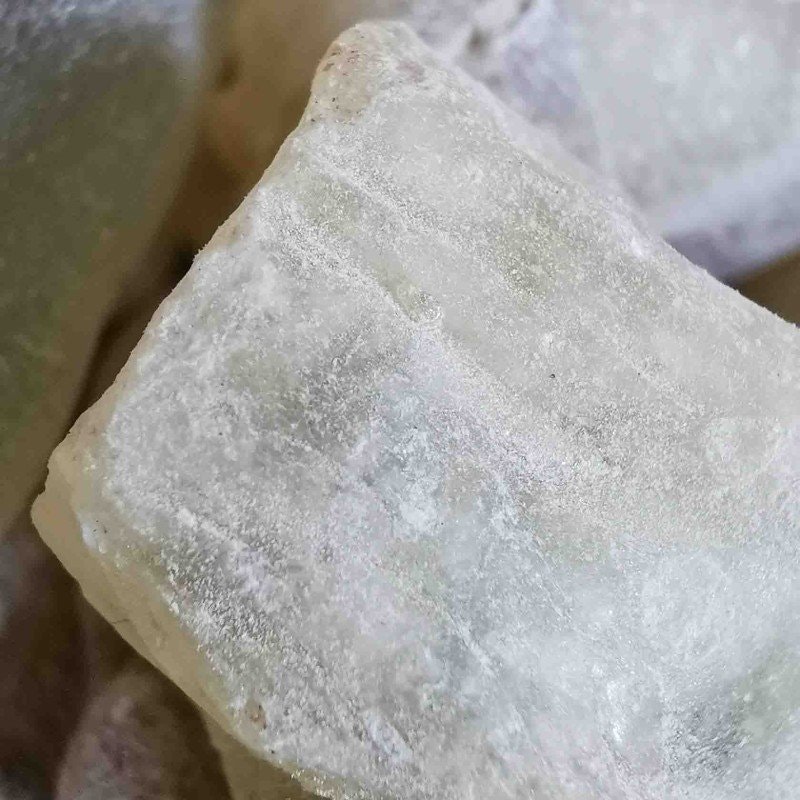Frankincense Resin – A Deep Dive into the Finest Olibanum Varieties
Danni Daouk |12/01, 2025

Frankincense, also known as Olibanum, is a natural product used primarily as incense, with deep cultural and historical roots. It is harvested from trees of the Boswellia genus, which grow in arid, mountainous regions of countries such as Oman, Somalia, Yemen, Ethiopia, and India. The quality and characteristics of frankincense vary depending on the species, growing location, and harvesting conditions. Here, we focus on the most highly regarded varieties from Oman, Somalia, and Yemen, and what makes them so special.
Oman: Boswellia sacra
Oman is known for producing the world’s most exclusive frankincense from the Boswellia sacra species, which grows in the Dhofar region.
Why is it considered the best?
Omani frankincense is prized for its pure, aromatic scent profile and exceptional quality, ranked as follows:
Sultan's Grade Royal Green Hojari
The most exclusive variety. Carefully selected from a small portion of the harvested resin during specific times of the year, depending on favorable climate conditions. It has a superior fresh lime scent, with hints of menthol.Royal Green Hojari
Second only to Sultan Grade, also known as "medical grade." This variety has a distinctly pure, citrusy aroma and is often used for therapeutic purposes.White Hojari
A lighter and milder variant with a slightly fruitier scent, yet still very fresh with clear citrus notes—perfect for daily use.Amber Hojari
A golden mid-tier variety that is slightly more balsamic and woody compared to the lighter grades.Black Hojari
The most robust and intense variety, featuring a deeper balsamic, peppery scent profile, ideal for traditional ritual use.
The scent and properties of each variety are influenced by climate conditions during the harvest season, such as temperature and humidity.
Somalia: Boswellia frereana and Boswellia carterii
Somalia is one of the largest producers of frankincense and is home to two prominent species: Boswellia frereana and Boswellia carterii.
Boswellia frereana
Known as "The King of Frankincense," this type has a musky, peppery scent with pine-wood undertones. It is particularly valued in aromatherapy and skincare due to its high oil content.Boswellia carterii
A popular variety known for its woody, slightly spicy aroma with well-known therapeutic properties. The scent is often described as powerful and woody with slightly fruity middle notes. It also has balsamic and floral undertones, giving it a rich and exotic fragrance.
Yemen: Boswellia sacra
The Hadramaut and Al-Mahra regions also produce frankincense from the Boswellia sacra species, similar to the Omani variety but with its own distinctive characteristics. Yemeni frankincense is considered a hidden gem by many. Though not as internationally recognized as the Omani type, it has a long tradition of use in the region.
Factors Affecting Quality
The quality of frankincense depends on several factors:
- Growing Location: Microclimate and soil composition influence the resin’s chemical makeup and scent profile.
- Harvesting Techniques: Sustainable harvesting is crucial for preserving the trees and ensuring long-term production.
- Sorting and Refinement: After harvesting, the resin is manually sorted by size, color, and scent to separate the finest grades.
Why You Should Avoid Cheap Frankincense
When purchasing cheap frankincense, it’s not just the scent and quality that may be compromised—there may also be larger underlying concerns to consider.
Scent and Quality
Low-quality frankincense often has a very strong, bitter, or "chemical" scent. This can be due to resin mixed with impurities, improper drying methods, or simply that the resin is not from a Boswellia species suitable for incense use. Such frankincense can feel harsh or unpleasant rather than providing the soft, rich aroma associated with high-quality olibanum varieties like Hojari from Oman.
Sustainability
One of the biggest downsides of cheap frankincense is that it often comes from unsustainable harvesting practices. The trees that produce frankincense are sensitive and slow-growing. If harvested too frequently or irresponsibly, it can lead to overexploitation of natural resources and reduced production in the future. Sustainable harvesting is essential to ensure that these trees continue to grow and produce quality resin for generations to come.
Unethical Trade
In some cases, cheap frankincense can be a sign of unethical trade. To keep prices low, some importers exploit local communities by paying unfair wages and failing to provide proper working conditions for those harvesting the resin. In the worst cases, these suppliers may also engage in trade where local populations do not receive a fair share of the profits.
Lower Quality and Lack of Transparency
Products sold at extremely low prices often lack transparency about their origin and production methods. There is a risk that quality control has been neglected, meaning you cannot be certain that the product is free from harmful additives or has been dried and processed correctly.
Our Commitment to Sustainability and Ethical Frankincense Trade
When you purchase our frankincense, you can be confident that you are supporting a sustainable and ethical supply chain. We work with suppliers who use sustainable harvesting methods, ensuring that trees continue to produce for years without harm. We also ensure fair working conditions for the local communities harvesting and processing the resin, and we prioritize transparency by carefully selecting producers who adhere to ethical business practices.
Our frankincense is of the highest quality, and we guarantee that every step of production is carried out responsibly—for both people and the environment.
To experience the finest frankincense varieties, explore our premium frankincense products.

 Svenska
Svenska